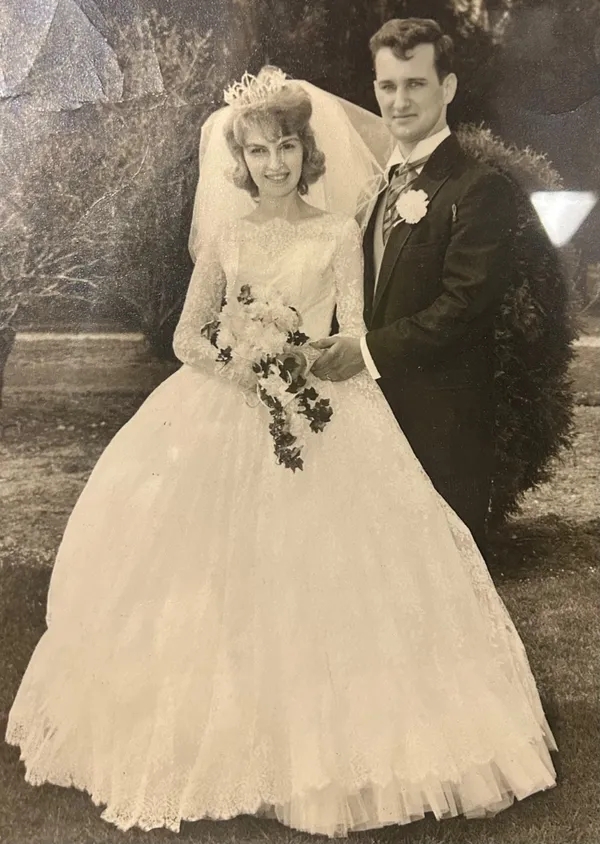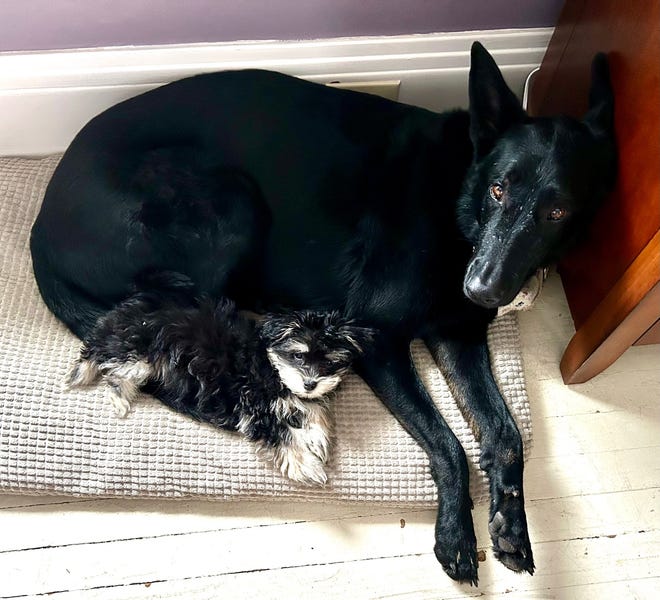I recently wrote about the Vision Center at Akron Children’s Hospital and pointed out that, no matter how excellent the Vision Center’s eye surgeons and optometrists are, the center abandons their patients in the last mile of care.
Glasses designed for the general population rarely fit patients with atypical facial anatomy. Compared to typical children, my daughter Lyra’s facial features are clustered closer together, the bridge of her nose is extremely flat and her ears are closer to her eyes. All of which is common in people with Down syndrome, which she has.
Frames exist for a variety of different facial structures, but few eye doctors carry those lines. That’s because, unlike the patient population at the Vision Center, most eye doctors have few patients who need specialized frames.
Akron Children’s Hospital takes all insurance, but most community eye doctors do not. Lyra’s primary insurance is Medicaid. Her secondary insurance, Children with Medical Handicaps (CMH), is provided by the state of Ohio but only for specific diagnoses. Lyra’s CMH covers her vision care, but because so few providers are approved by the state to accept CMH, and with no optical services at Akron Children’s, we’ve never been able to use it for glasses. (Ohio’s government does not consider Down syndrome a medical handicap and, therefore, care related to DS is not covered by CMH.)
Lyra began wearing glasses at age 3 when it became too difficult to change her contact lenses. Her first frames were by a company that no longer exists, Miraflex. They were designed for the small nose bridges of babies and young children, making them ideal for young children with DS.
We purchased them at Adolph Optical, a family-owned Akron business. Adolph Optical is a good option for many and they participate in programs that help un- and under-insured patients. They do not, however, take Lyra’s insurance, and her glasses are incredibly expensive. Her prescription is +22 diopters, which means her lenses are too thick for cheaper, but heavier, glass lenses. The thick lenses bulge out of the frames, making it easy for them to get scratched. The best anti-scratch coating is also the costliest. Finally, as most of us over the age of 45 well know, multifocal lenses cost much more than single-focus lenses. Lyra’s specialized bifocals typically take between six weeks and three months to make and cost over $500.
The Eye Site in Copley is the only local optometry practice I have found that takes Lyra’s Medicaid plan, Buckeye Community Health. Buckeye contributes a maximum of $130 per year for glasses. As a small provider, Eye Site has not been able to obtain state approval to accept CMH.
After months of searching, I found an optometry practice in Alliance that takes CMH and drove there with Lyra and her prescription to pick out frames. But when I arrived, I learned that the practice does not take Medicaid. A patient’s primary insurance must first be billed by the same provider before CMH will accept a claim.
After Lyra outgrew her Miraflex frames, I ordered a pair of frames online and took them to the Eye Site for lenses. But because her lenses are so heavy, they frequently popped out of the plastic frames, and one eventually broke. An optician who regularly works with high prescriptions would have steered me toward wire frames.
Wire frames usually have a screw holding the lenses tightly in place and nose pads that help accommodate tiny nose bridges — though Lyra’s glasses still slide halfway down her nose. I keep a jar of replacement nose pads because they frequently fall off and the spikes they are attached to cut into Lyra’s face.
I also have a jar of silicon sleeves for her frames’ temples. As the temples of most frames are too long for Lyra, I snip the ends with wire cutters and re-bend them to fit around her ears. The flat end of the temples, designed for comfort, are lost in the shortening process. The silicon sleeves help minimize pressure and protect her skin from the cut ends.
In response to my prior column, an ACH employee who works with the Vision Center’s patients sent an email that underscores ACH’s disconnect between excellent medical care and the functional application of treatment: “I have a difficult time understanding why you would not continue to make appointments with the remaining pediatric ophthalmologists at Akron Children’s Hospital and possibly travel elsewhere for optical services.”
They make it sound so simple.
Think of the families less fortunate than I with children who need specialized glasses. A single mom who may have to take off work and use public transportation to get to ACH. Once her child’s eyes have had excellent medical care at the Vision Center, she then has to figure out where to go to get glasses. What are the chances she’ll get them soon, if at all?
The practice nearest to ACH that offers optical services and accepts both Medicaid and CMH also has ophthalmologists who are just as excellent as those at ACH. That would be UH Rainbow Babies and Children’s in Cleveland.
We are fortunate to have a superb children’s hospital in Akron. But why would I get my daughter’s prescription at one hospital only to take it to another hospital for fulfillment when I can do everything in one location? Sadly, that one location is not Akron Children’s.
This was first published in the Akron Beacon Journal on Sunday, April 28, 2024.



